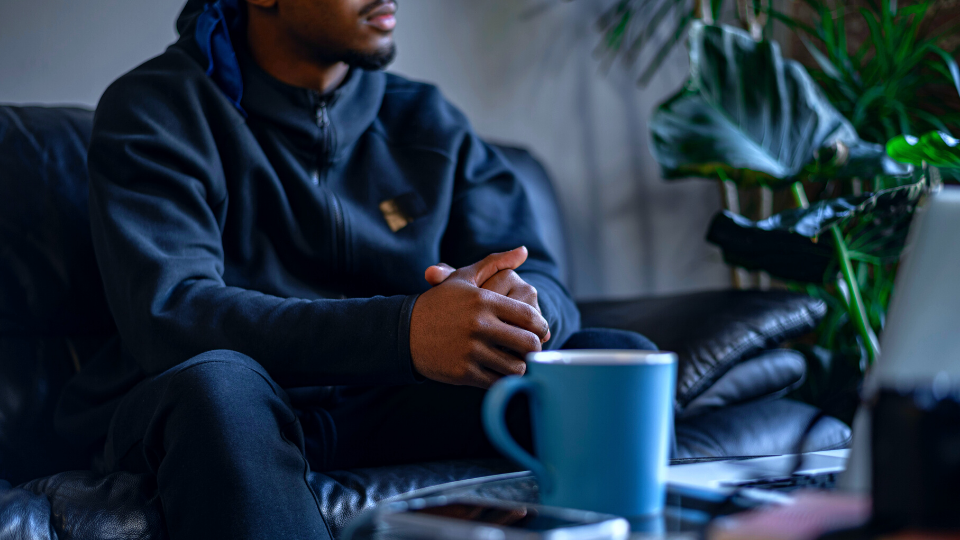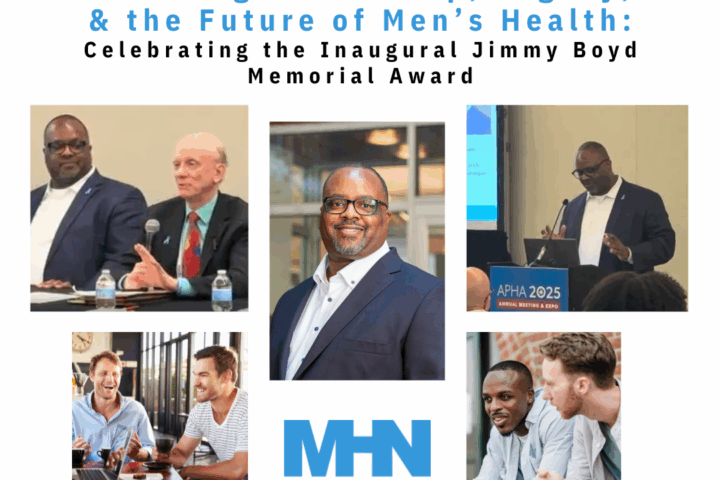I grew up in an affirming faith community that had an AIDS outreach ministry in the early 1990s, which was a radical move during that period and a statement that I hope helps frame my story. For 16 years, HIV has been a major part of my life. Though my HIV status is negative, I have operated as a same-gender loving (SGL) Black male, creating spaces and doing the work.
At 15 years old, I went through my first training on how to have conversations about condoms and testing. At 23 years old, it hit close to home when one of my closest friends disclosed his status to me. At 24, I entered a new reality when I accepted myself as a gay man. I used my awareness and experience to address HIV for my community.
Black people make up 42 percent of new HIV diagnoses in the United States. Among that population, most new diagnoses are from men who have sex with men (MSM) (see the CDC fact sheet titled “HIV and African American People,” available here. According to the fact sheet, some of the main factors driving these numbers are racism, HIV stigma, and homophobia. In addition, other factors such as education, housing status, and poverty limit one’s access to HIV prevention services.
The incidence of HIV in the Black SGL community is significantly higher than it is compared with our White counterparts. It saddened me to witness friends of mine be diagnosed; they had no say in the matter.
Seeing friends navigate through life with the stigma of HIV attached to them, along with all the other circumstances Black SGL men face, affected my spirit. They were living at the intersection of being Black and gay with HIV. Most times, they were not privileged to have the appropriate amount of time to process the news of their diagnosis. It frequently went from a diagnosis to survival mode, which is often the plight of people of color having to navigate the healthcare system in this country. When addressing this community, let us consider what an HIV diagnosis does to a person’s mental health.
My church home was drastically different than most. Whereas I was affirmed and accepted, others were stigmatized and shamed. These tactics only serve to push people to engage in more high-risk behaviors. I often think about how much I could have helped if I realized sooner my voice mattered.
As a Let’s Stop HIV Together (Together) Community Ambassador, it has been my mission to address these drivers and to create spaces where SGL men are free to be themselves and address their sexual health concerns. Creating affirming spaces like my church environment builds a needed rapport in places where mistrust in institutions is often very high. In my work as a Together Community Ambassador, I found using materials that resonate with my community helps to build that rapport and trust. Together offers an array of tools to address HIV prevention, testing, and treatment and stop HIV stigma in the community. Learn more about Together resources here.
Putting advocacy and education front and center can create supporting spaces for SGL men. My social justice work fuels my HIV work. As an openly Black gay man, day in and day out, I selflessly chose to put my safety on the line in the quest for justice for people who may not see my humanity. This same thought process can apply to the ways that prevention, outreach, and care are presented to Black and Brown SGL men navigating the healthcare systems, especially those attached to public health institutions. We encounter practitioners, providers, disease intervention staff, and others whose thoughts align with this same concept.
I combined my passion for social justice and grassroots organizing through my involvement with H.E.A.R.T.S (Health Empowerment and Responsibility to Self). This program was made up of Black gay men who were placed throughout different health centers to create an inclusive and culturally competent clinical environment. This initiative provided outreach, education, and PrEP linkage services in an affirming way. This initiative built a supporting environment for SGL individuals increasing access to HIV services.
After spending 5 years at Houston’s health department, I founded Saint Noir, an organization dedicated to increasing the inclusion of Black queer people in arts and culture. This initiative approaches outreach through cultural arts, strategically curated events, and programming.
As a Together Community Ambassador, I am using this platform to artistically represent the SGL Black experience while promoting the four pillars of Together: testing, treatment, stigma, and prevention.
This effort requires us all to work together to stop the HIV Epidemic. I close by asking the question inspired by the Bodemé HIV intervention model: “What would you do differently if you view yourself as being divine?”
My call to action is for innovation and creativity to meet outreach. Meaning, our government health agencies have to: 1) consider inclusive recruitment practices and prioritizing community members; 2) understand true allyship to learn about the needs of the people that drive their data and funding; and 3) respect an authentic community perspective. Through these approaches, our goals of ending the HIV epidemic and getting to zero become more realized and reachable when the affected voices have an input and when the lives most changed by this epidemic have a valued seat at the table.
Inclusion and representation rather than exploitation is a form of risk reduction. So let us all work to stop HIV Together.
Stay connected with CDC’s Let’s Stop HIV Together campaign on Facebook, Instagram, and Twitter to learn more and receive the most current information on HIV.




